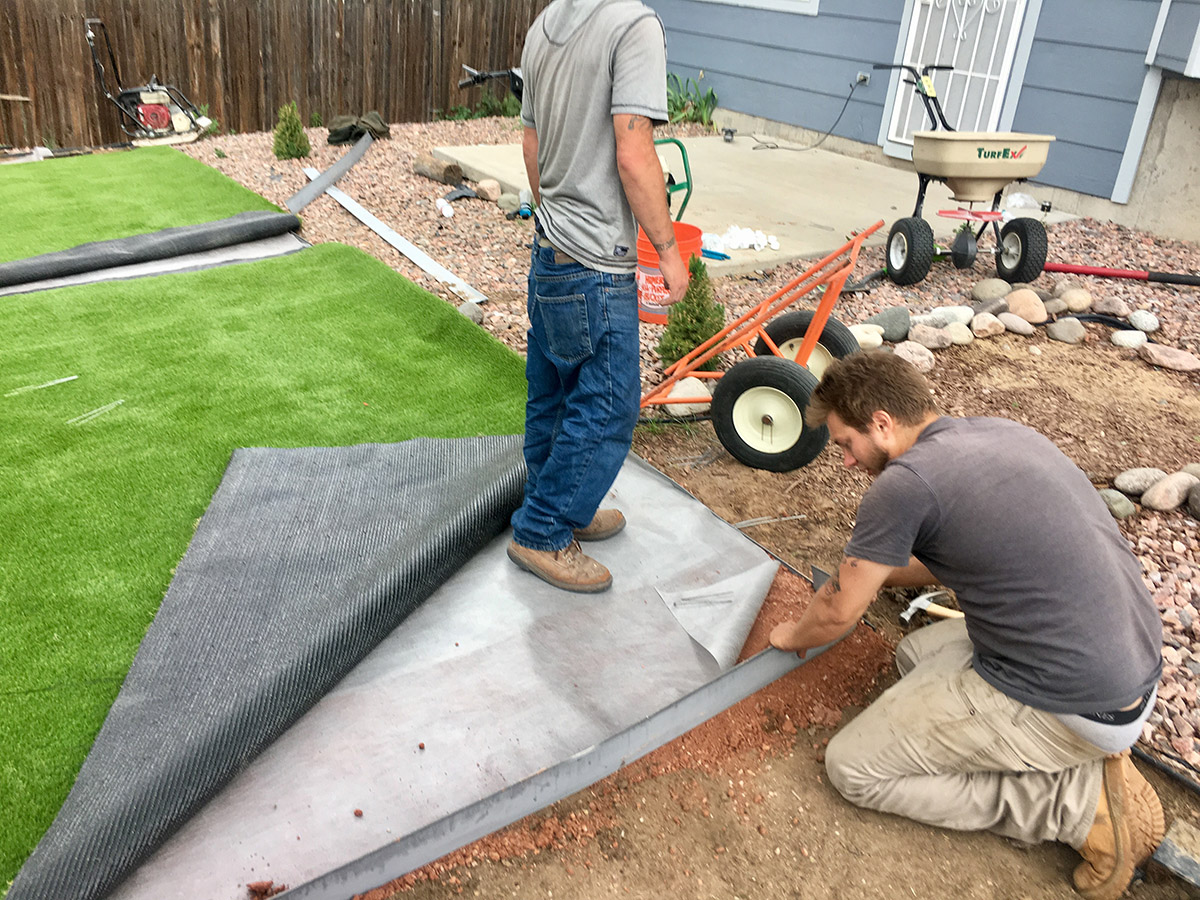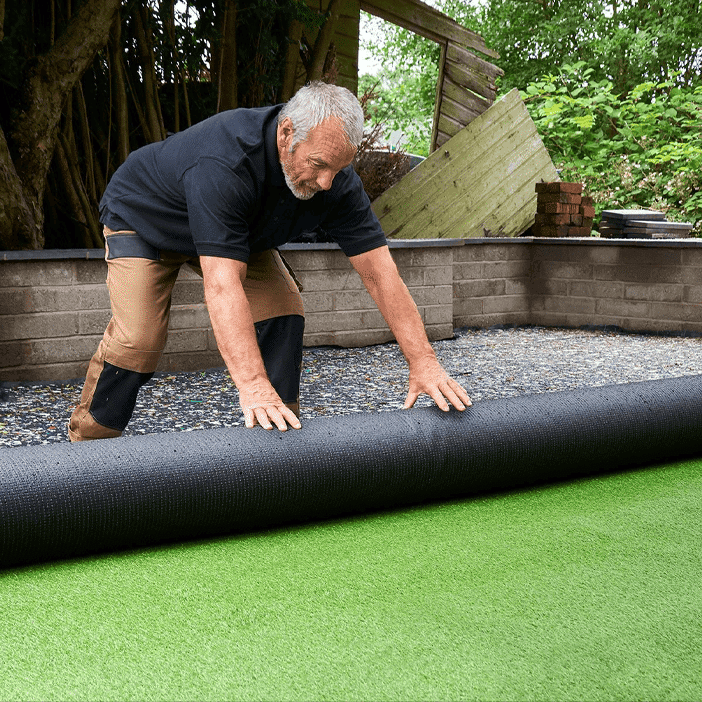Enhance Your Outdoor Space with Arizona Artificial Turf for a Lush Green Look
Enhance Your Outdoor Space with Arizona Artificial Turf for a Lush Green Look
Blog Article
Look Into the Environmental Benefits of Opting for Artificial Lawn Solutions
The fostering of man-made turf options presents a compelling possibility to attend to pressing ecological obstacles. By substantially decreasing water usage and minimizing the application of harmful chemicals, these choices not only promote lasting landscaping yet likewise protect regional ecosystems. The lower carbon impact associated with reduced upkeep tasks adds to a more lasting approach to land management. The effects of these benefits extend past plain preservation efforts, raising inquiries concerning their long-lasting impact on habitat preservation and overall ecological equilibrium. Checking out these dimensions exposes a complicated interplay worth thinking about.
Water Preservation Perks
Among one of the most significant benefits of fabricated lawn is its ability to save water. Standard lawn lawns need considerable watering, especially in areas vulnerable to dry spell or water restrictions. In contrast, synthetic grass does not require watering, substantially lowering the general demand for water sources. This attribute is especially advantageous in deserts where water deficiency is a pressing problem.
By removing the need for regular watering, synthetic grass adds to sustainable landscape techniques and aids mitigate the ecological impact of too much water intake. In addition, the preservation of water encompasses the decrease of drainage, which can lead to dirt disintegration and river air pollution.
Additionally, the installation of synthetic grass allows districts and house owners to allocate water resources much more successfully, concentrating on vital usages such as drinking water and farming. The change towards synthetic grass not only advertises accountable water usage but additionally lines up with more comprehensive environmental goals aimed at maintaining all-natural resources.
As neighborhoods significantly focus on sustainability, the water preservation advantages of synthetic grass provide an engaging instance for its fostering in commercial and residential landscape design jobs.
Lowered Chemical Use
The transition to synthetic grass significantly reduces the dependence on chemical therapies frequently utilized in natural grass maintenance. Conventional turf management normally entails the application of pesticides, plant foods, and herbicides to advertise development and control pests. These chemicals can position dangers to human wellness, local wildlife, and the environment, adding to dirt and water contamination.
In comparison, synthetic grass eliminates the demand for these damaging compounds. When mounted, it requires marginal maintenance, primarily being composed of routine cleansing and irregular infill replenishment. This decrease in chemical use not just benefits the immediate atmosphere but likewise adds to wider eco-friendly security. By reducing the release of synthetic substances into the ecosystem, synthetic grass advertises much healthier dirt and water systems.
In addition, the lack of chemical drainage connected with synthetic grass installments assists safeguard neighborhood rivers from contamination, supporting aquatic life and keeping biodiversity. Phoenix turf companies. As neighborhoods increasingly prioritize lasting techniques, selecting artificial grass provides a sensible remedy that lines up with environmental conservation objectives. With this change, homeowner can appreciate rich environment-friendly areas without endangering ecological health and wellness, leading the way for a much more sustainable future
Reduced Carbon Impact

Moreover, the setup of synthetic grass can cause substantial water conservation. Natural grass call for significant quantities of water for watering, which not just includes in the carbon impact related to water removal and therapy yet also stress local water resources. In contrast, synthetic grass requires marginal upkeep, needing no watering, therefore considerably lowering water usage and its connected power costs.
Furthermore, the durability of synthetic grass adds to its decreased carbon impact. With a life-span of up to 15 years or more, the requirement for frequent replacements is diminished, causing less waste and reduced energy usage in production and disposing of standard lawn options. Overall, synthetic grass provides a sustainable alternative for ecologically aware landscaping.
Habitat Conservation
Habitat preservation is an essential factor to consider in the argument over landscape design choices, particularly when comparing synthetic grass to all-natural lawn. Natural grass yards often call for comprehensive upkeep, consisting of using herbicides, chemicals, and plant foods, which can detrimentally influence neighborhood communities. These chemicals can leach into the dirt and rivers, damaging native plants and fauna and interfering with local habitats.
In contrast, synthetic grass offers a chance to minimize the ecological footprint of landscaping. By selecting synthetic yard, home owners can lessen the disturbance of natural habitats connected with standard lawn care methods. Man-made lawn removes the requirement for hazardous chemicals, therefore shielding close-by wild animals and keeping the integrity of bordering ecosystems. Furthermore, the installment of synthetic grass can cause the conversion of former turf areas right into even more biodiverse landscapes, such as pollinator yards Clicking Here or native plant areas, which can sustain regional wild animals.
Eventually, the transition to fabricated turf not only preserves water and lowers maintenance initiatives but additionally fosters an extra unified partnership in between human tasks and the native environment, promoting habitat preservation at the same time.
Long-Term Sustainability
Long-term sustainability is an important variable in reviewing the advantages of fabricated grass over standard turf lawns. One of one of the most considerable benefits of synthetic turf is its resilience; it can last approximately 15-20 years with minimal upkeep, whereas all-natural lawn needs regular reseeding and replacement. This longevity decreases the demand for constant sources, such as water, plant foods, and pesticides, which are necessary for keeping a healthy grass lawn.
Furthermore, artificial lawn contributes to a decrease in carbon exhausts related to grass care devices. Traditional lawns often call for gas-powered mowers, leaners, and blowers, every one of which add to air pollution. Phoenix turf companies. In contrast, synthetic grass eliminates the demand for such equipment, advertising a cleaner setting
Moreover, the manufacturing of synthetic grass significantly utilizes recycled materials, enhancing its sustainability profile. As suppliers embrace environmentally friendly methods, the environmental impact of synthetic grass continues to lessen.

Conclusion
The fostering of synthetic grass remedies offers considerable ecological advantages, including significant water conservation, minimized reliance on damaging chemicals, and a lower carbon impact. Furthermore, synthetic grass help in protecting all-natural habitats by decreasing land disruption and advertising long-term sustainability with using sturdy products. Collectively, these aspects emphasize the potential check here of synthetic grass to contribute favorably to ecological health and provide a sensible alternative to conventional landscape design techniques in a significantly resource-conscious world.
In comparison, synthetic lawn does not require watering, dramatically reducing the overall demand for water sources. By reducing the release of synthetic compounds right into the community, synthetic lawn advertises healthier dirt and water systems.
Additionally, the installment of man-made grass can result in significant water preservation. In contrast, man-made grass requires very little upkeep, needing no watering, thus dramatically reducing water use and its connected power prices.

Report this page